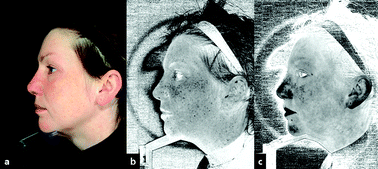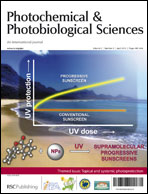Young and healthy-looking skin is a feature that is universally admired and considered attractive among humans. However, as we age, skin condition deteriorates due to a variety of intrinsic and extrinsic factors determined not only by genetics and physiological health but also by behaviour and lifestyle choice. As regards the latter, cumulative, repeated exposure to solar ultraviolet radiation (UVR) is linked intrinsically to the induction of specific types of skin cancer and the expression of cutaneous damage markers responsible for the majority of the visible signs of skin ageing. Here we review empirical evidence for skin-specific effects of chronic UVR exposure and relate it to perception of visible skin condition. In contrast to other dermatological accounts, we stress an evolutionary psychology context in understanding the significance of age-related changes in visible skin condition in human social cognition and interaction. We suggest that the “marriage” of the scientific fields of skin biology and evolutionary psychology provides a modern, powerful framework for investigating the causes, mechanisms and perception of chronic sun damage of skin, as it explains the human obsession with a youthful and healthy appearance. Hence, it may be that these insights bring true emotional impetus to the adoption of sun protection strategies, which could conceivably impact skin cancer rates in coming years.

You have access to this article
 Please wait while we load your content...
Something went wrong. Try again?
Please wait while we load your content...
Something went wrong. Try again?


 Please wait while we load your content...
Please wait while we load your content...